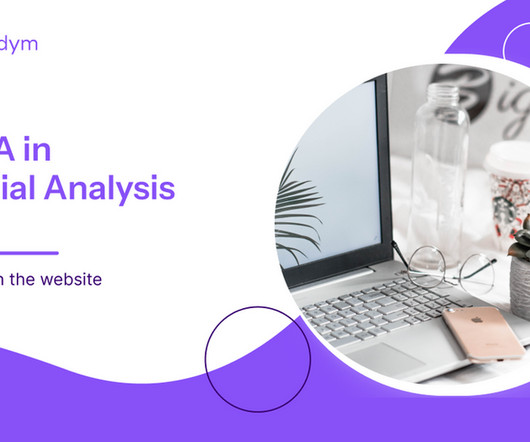EBITDA in Financial Analysis
Spreadym
OCTOBER 27, 2023
Investment Decisions: EBITDA can be a valuable metric for investors and potential buyers. Here are some of the key limitations: Ignores Capital Expenditures (CapEx): EBITDA does not account for capital expenditures, which are essential for maintaining and growing a business. This can lead to misleading financial representations.














Let's personalize your content